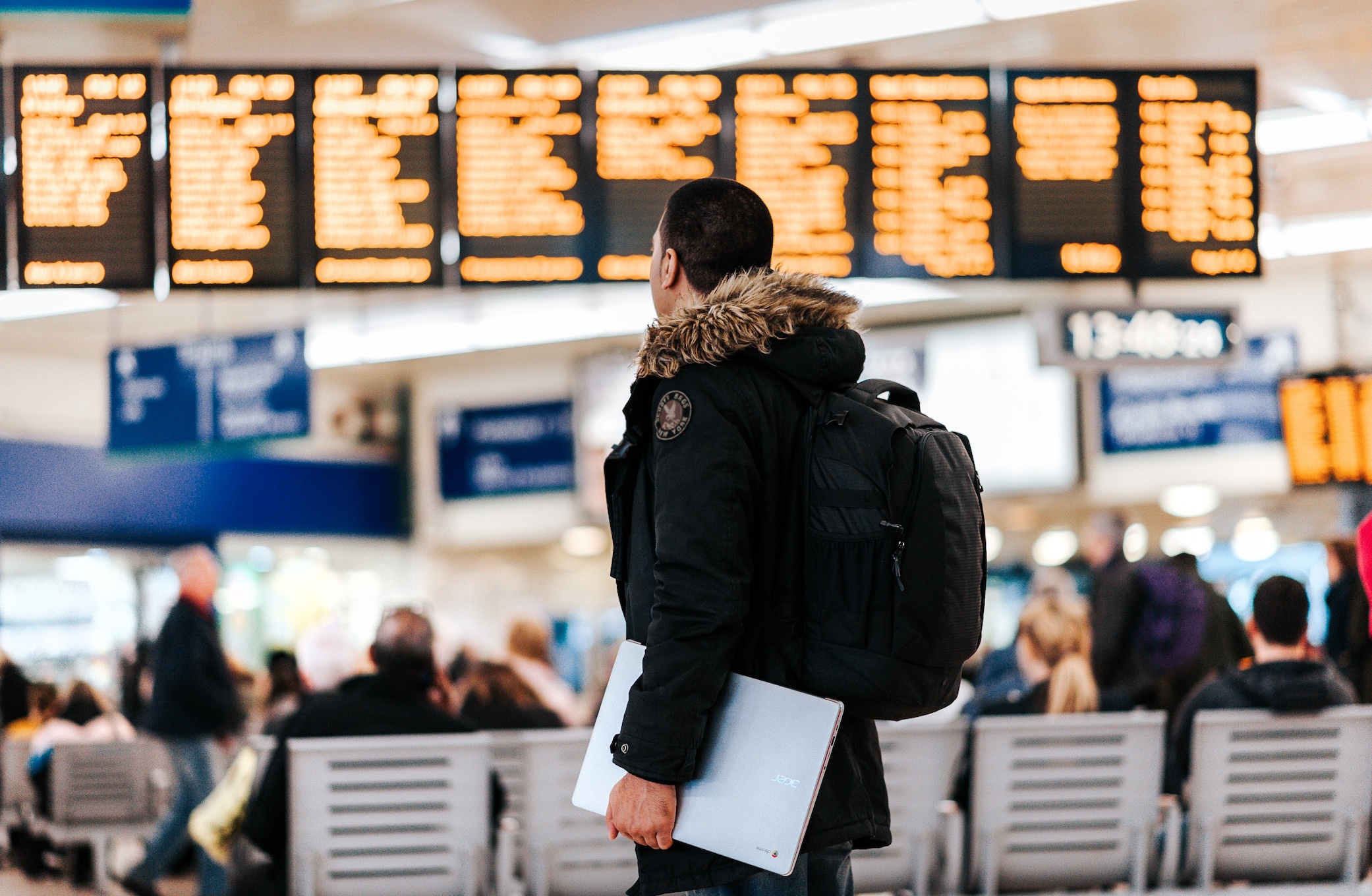If you and your attorney are successful, you can recover a few different types of damages from the liable party.
Navigating an airport and be incredibly stressful. With people rushing to catch flights, lugging around big bags, and pushing their way through crowds, it should come as no surprise that injuries happen at the airport. There are many different incidents that can occur, and the liability for these injuries will depend on a number of factors. Ideally people will take precautions and be careful when making their way through an airport, but in the case of an injury it’s helpful to know who is responsible and how to get your medical bills covered.
Factors That Determine Liability
In any personal injury claim, the legal basis is the concept of negligence. If someone owed you a duty of care and breached it, they can be held liable for your injury. For example, if an airport restaurant employee is mopping the floor and fails to put out a “wet floor” sign, they could be held liable for a slip and fall injury. Negligence is not a black-and-white concept – most states use some form of comparative negligence. This means that if the injured party shares some share of fault in the accident, they won’t be able to recover as much compensation.
Another legal concept that could be a factor is premises liability. This refers to holding property owners accountable for injuries that happen on their property, which in this case is the airport. Most airports in the U.S. are owned by government entities, such as the city itself.
Identifying Potential Liable Parties
Some of the factors that will determine liability for an airport injury are where and how the accident occurred. Some of the common accidents that happen at airports include slip and falls (wet floors), trips and falls (luggage in the way), and overhead bin injuries, which of course happen on the airplane itself.

Here are some of the potentially liable parties.
- Airport Owner/Operator: The owner of the airport is generally responsible for maintaining safe premises within the airport’s public areas. This includes providing proper lighting, hazard-free walkways, and functioning escalators and elevators. They are also in charge of keeping airport visitors safe, so they could be held liable for negligent security.
- Airlines: The airlines themselves are responsible for their designated areas like the ticket counters, boarding gates, and even baggage claim. For example, a malfunctioning boarding bridge would be an airline’s fault.
- Concessions and Businesses: As mentioned in the example above, restaurants and other businesses within the airport are responsible for their own areas. They need to address any potential hazards or could be held liable for an injury.
- Third-Party Contractors: There are many people who work in the airport besides the airline and TSA staff. Restaurant employees, cleaners, maintenance crews, and other general contractors can be found in airports. Some of these parties could be liable for an injury if they had a duty of care that they breached, such as leaving something dangerous out in the open.
When you file a personal injury claim, your attorney will help you determine the liable party or parties.
Injuries Covered and Compensation
If you get injured at the airport, you may be able to file a lawsuit and recover compensation. You just need to prove that someone’s negligence is what caused your injury. If you and your attorney are successful, you can recover a few different types of damages from the liable party.
- Medical bills: You can recover the costs associated with your medical treatment, including doctor’s visits, hospitalization, surgery, medication, and rehabilitation.
- Lost wages: If your injury prevents you from working, you may be compensated for your lost income.
- Pain and suffering: This includes compensation for physical pain, emotional distress, and psychological trauma caused by the injury.
- Loss of enjoyment of life: If your injury limits your ability to participate in activities you previously enjoyed, you may be compensated for this loss.
- Punitive damages: In rare cases, where the liable party acted with gross negligence or recklessness, the court may award punitive damages to punish the defendant and deter similar behavior in the future.
The exact amount of compensation will be determined by several factors, such as the value of each damage mentioned above.
Steps to Take After an Airport Injury
The moments following an airport injury are crucial in building a strong legal case for compensation. Taking the right steps immediately can preserve evidence, document your claim effectively, and increase your chances of receiving fair compensation. Here’s a guide to immediate actions you should take:
Report the Incident
- Inform the nearest airport security personnel or airport police about your injury.
- Describe the incident clearly and accurately, providing details about the location, time, and circumstances.
- Obtain a copy of the incident report, which will serve as valuable evidence in your case.
Seek Medical Attention
- Regardless of the injury’s severity, prioritize seeking medical attention to assess your condition and receive appropriate treatment.
- This ensures documented proof of the injury and its connection to the airport incident.
- Keep all medical records and bills for future reference and potential compensation claims.
Document the Scene
- If possible, safely take pictures and videos of the location where the injury occurred.
- Capture details like wet floors, spills, malfunctioning equipment, or any other hazards that contributed to your accident.
- This visual evidence will be crucial in supporting your claims of negligence.
Gather Witness Information
- If anyone else witnessed your accident, get their contact information such as names, phone numbers, and email addresses.
- Witness statements can provide valuable corroborating evidence and strengthen your legal case.
- If security cameras were present at the location, request footage from the airport authorities.
File a Formal Claim
- Contact the airport’s claims department or the airline involved, depending on the location of your injury.
- Submit a formal written claim outlining the details of the incident, your injuries, and the damages you have suffered.
- Keep copies of all correspondence and claim documents for your records.
Consult a Personal Injury Attorney
- An experienced Denver personal injury attorney can provide invaluable guidance and legal representation.
- They will help you navigate the legal process, assess the strength of your case, and negotiate with the liable parties on your behalf.
- This legal expertise can significantly increase your chances of receiving fair compensation for your damages.
Remember, time is of the essence when dealing with airport injuries. Taking prompt action and documenting the incident meticulously will strengthen your legal position and increase your chances of securing the compensation you deserve.


Join the conversation!